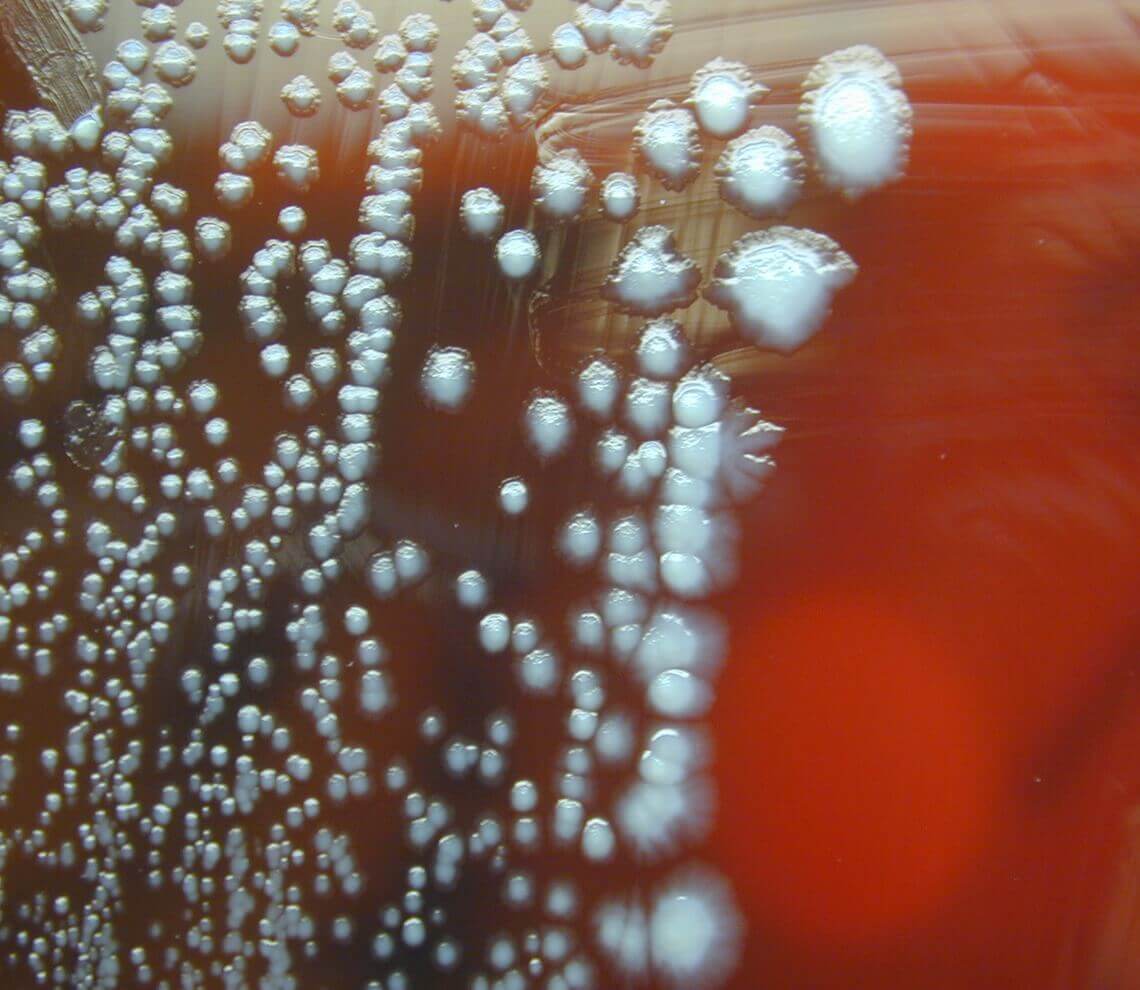- Our Suppliers
- MBS Monoclonals
- Mouse Anti-Chicken CD5-UNLB
Product short description
Price:
387 EUR
Size:
500ug
Catalog no.:
GEN673940
Product detailed description
Also known as
CD5
Purification method
N/A
Concentration
N/A
Clone
2-191
Clonality
Monoclonal
Latin name
Mus musculus
Host organism
Mouse (Mus musculus)
Subcategory
Mnoclonal antibodies
Category
Secondary Antibodies
Form/Appearance
Purified (UNLB) Antibody
Other gene names
CD5; CD5; T1; LEU1; LEU1
Gene name synonims
CD5; CD5; T1; LEU1; LEU1
Gene name
CD5; CD5; T1; LEU1; LEU1
Immunoglobulin isotype
Mouse (BALB/c) IgG1 kappa
Tested applications:
Flow Cytometry; Immunohistochemistry (Acetone Fixed/Frozen Sections); Immunoprecipitation
Properties
Chickens like all bird species have IgY antibodies that are very stable and found in the yolk. Gallus Gallus domestica is the Latin name of the Chicken.
Description
This antibody needs to be stored at + 4°C in a fridge short term in a concentrated dilution. Freeze thaw will destroy a percentage in every cycle and should be avoided.
Species reactivity
Chicken; Due to limited knowledge and inability for testing each and every species, the reactivity of the antibody may extend to other species which are not listed hereby.
Other names
CD5 molecule; T-cell surface glycoprotein CD5; T-cell surface glycoprotein CD5; OTTHUMP00000236973; CD5 antigen (p56-62); lymphocyte antigen T1/Leu-1; CD5 molecule; Lymphocyte antigen T1/Leu-1
Test
Mouse or mice from the Mus musculus species are used for production of mouse monoclonal antibodies or mabs and as research model for humans in your lab. Mouse are mature after 40 days for females and 55 days for males. The female mice are pregnant only 20 days and can give birth to 10 litters of 6-8 mice a year. Transgenic, knock-out, congenic and inbread strains are known for C57BL/6, A/J, BALB/c, SCID while the CD-1 is outbred as strain.
Storage and shipping
The purified (UNLB) antibody is supplied as 0.5 mg of purified immunoglobulin in 1.0 mL of 100 mM borate buffered saline, pH 8.2. No preservatives or amine-containing buffer salts added. Store at 2- 8 degree C. The fluorescein (FITC) conjugate is supplied as 0.5 mg in 1.0 mL of PBS/NaN3. Store the antibody ats should be kept in the range of 1-7 degrees Celsius.. The biotin (BIOT) conjugate is supplied as 0.5 mg in 1.0 mL of PBS/NaN3. Store the antibody ats should be kept in the range of 1-7 degrees Celsius.. The R-phycoerythrin (R-PE) conjugate is supplied as 0.1 mg in 1.0 mL of PBS/NaN3 and a stabilizing agent. Store the antibody ats should be kept in the range of 1-7 degrees Celsius.. Do not freeze! Protect conjugated forms from light. Each reagent is stable for the period shown on the bottle label if stored as directed.
Specificity and cross-reactivity
Chicken CD5, Mr 64 kDa (protein core of 57 kDa) Chicken CD5 is a monomeric type I transmembrane glycoprotein whose extracellular region consists of three scavenger receptor cysteine-rich domains. During ontogeny, avian CD5 is first detectable in the thymus and bursa on Embryonic day 10, about 2 to 3 days before the first TCR and surface Ig expression. By the time functional TCR and Ig gene rearrangements and their expression have been completed, all T and B cells in the primary lymphoid organs express CD5. In the periphery, alpha beta T cells express a relatively high level of CD5, whereas a much lower level of the CD5 antigen is detected on gamma delta T cells and B cells. The control of CD5 expression is activation-dependent, since activated T cells have up-regulated CD5 expression. As in mammals, CD5 may play an important role in the control of lymphocyte differentiation and activation.1; Since it is not possible to test each and every species our knowledge on the corss reactivity of the antibodies is limited. This particular antibody might cross react with speacies outside of the listed ones.
© Copyright 2016-Tech News . Design by: uiCookies

